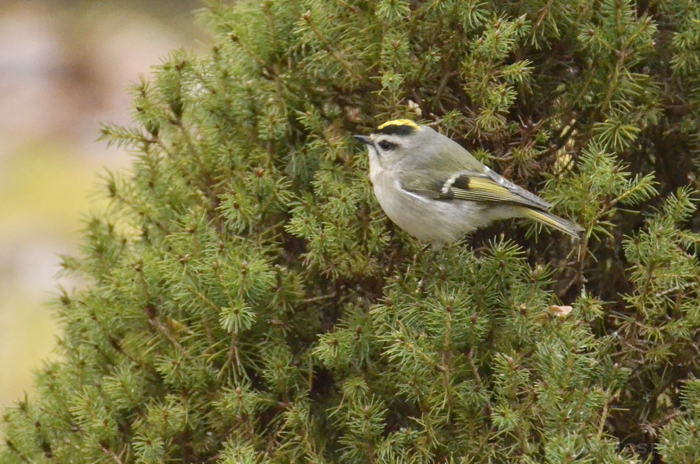 Years ago I read an amazing book called Winter World: The Ingenuity of Animal Survival by Bernd Heinrich. This is a book I still own and reference often as it is packed with fascinating information about common animals. In this book was where I first learned about the Golden-crowned Kinglet–the subject of this week’s Creature Feature. (CLICK here for last week’s Creature Feature)
Years ago I read an amazing book called Winter World: The Ingenuity of Animal Survival by Bernd Heinrich. This is a book I still own and reference often as it is packed with fascinating information about common animals. In this book was where I first learned about the Golden-crowned Kinglet–the subject of this week’s Creature Feature. (CLICK here for last week’s Creature Feature)
Have you ever seen this tiny bird? Did you identify it in the Weekly Puzzler? Let’s see what else we can learn about this amazing little bird:
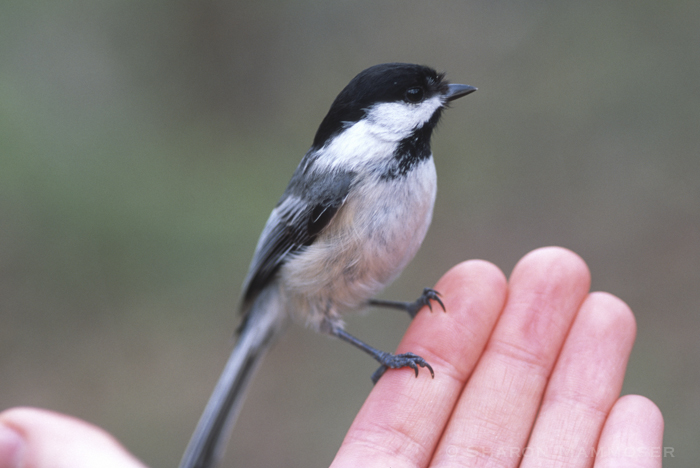
1. Golden-crowned Kinglets are smaller than a chickadee but larger than a ruby-throated hummingbird. They are only 3.1-4.3 inches long with a wingspan of 5.5 -7 inches. They weigh in at just .1 -.3 ounces!
2. According to Bernd Heinrich in his book Winter World, kinglets have massive brains, accounting “for an incredible 6.8% of their whole body weight.” Ours is 1.9% of total weight. Bernd says, “although a kinglet’s total brain mass does not amount to much in absolute terms, it does represent an enormous commitment to neurons given the size of the bird.”
3. Golden-crowned Kinglets eat insects and invertebrates, including fleas, springtails, aphids, insect eggs, caddis flies, mayflies, moths, butterflies, caterpillars, flies, beetles, lacewings, lice, grasshoppers, spiders and more.
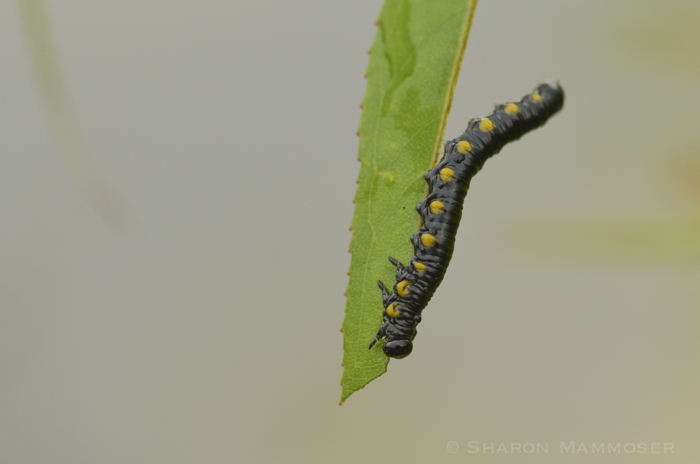
4. Golden-crowned Kinglets have two broods each year. Both males and females work on the nest, which they will build up to 60 feet high in a confer tree. The nest takes 4-6 days to build. The pair collects materials from within 65 feet of their new home, including moss, spider silk, downy plant matter, lichen, parts of insect cocoons, and, bark strips. They will line the nest with finer insulating materials including snowshoe hare down, deer fur and feathers from small birds–some nests might contain more than 2,500 feathers!
5. Amazingly, when the first brood of babies fledges(leaves the nest), the female stops feeding them and gets started right away on laying eggs for her next brood. The male takes over feeding the first set of babies as well as himself and his mate. Considering that the size of Kinglet’s broods might be up to 9 babies, this is a lot of feeding for one bird to do! Think of all those insects and spiders he must find!
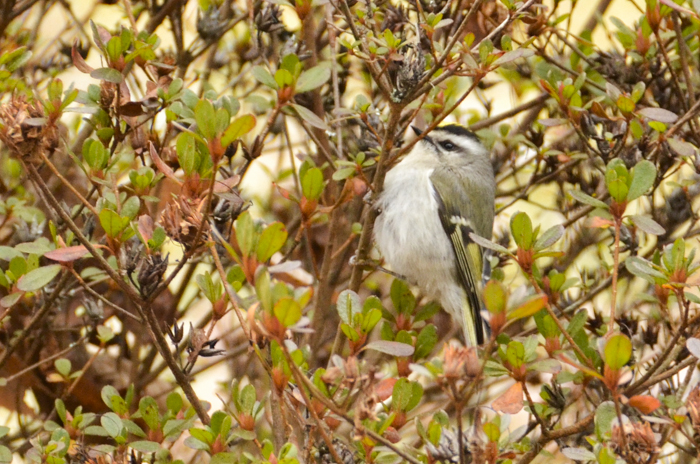 6. Kinglets maintain a body temperature of 43-44 degrees C (109 degrees F) even in the dead of winter when in the north temperatures can fall to -40 degrees. This temperature is 3 degrees higher than most birds. To conserve heat they, like other birds, fluff out their feathers thereby “increasing the depth of the insulating air layers that surround them.” (Winter World, p.111) In addition, they stick their heads into their feathers when sleeping.
6. Kinglets maintain a body temperature of 43-44 degrees C (109 degrees F) even in the dead of winter when in the north temperatures can fall to -40 degrees. This temperature is 3 degrees higher than most birds. To conserve heat they, like other birds, fluff out their feathers thereby “increasing the depth of the insulating air layers that surround them.” (Winter World, p.111) In addition, they stick their heads into their feathers when sleeping.
7. If in winter Kinglets are without food for only one or two hours during the daytime, they will freeze to death. They must eat to maintain their high metabolism and body temperature. But yet, you have to wonder what insects can they possibly find in the middle of winter? Bernd Heinrich studied this and after much observation, he concluded that the birds are able to find caterpillars. If you’ve ever watched a Golden-crowned Kinglet, you know they never sit still! Instead, they hover, dart, jump and twirl, constantly picking off microscopic mites, aphids, caterpillars and other invertebrates from conifer needles, branch tips and even under tree bark.
8. Golden-crowned Kinglets used to nest exclusively in boreal, spruce forests but have extended their range southward. Now, they can be found in conifer stands in the midwest as well as in the Appalachians. Here where I live in western NC, it is not unusual to see Kinglets.
9. Each nostril of a Golden-crowned Kinglet is covered by one tiny feather.
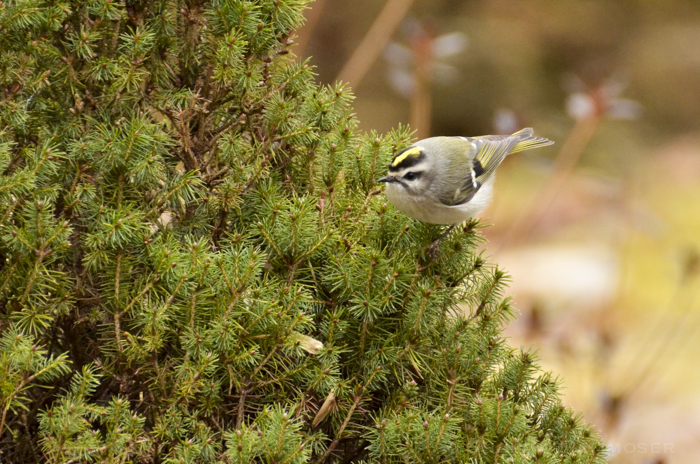
10. The oldest Kinglet on record was at least 6 years, 4 months old. It was a banded bird, discovered in Minnesota.
If you have anything interesting you’d like to add, please let me know! It is always fun to hear from my readers.
Happy day!


I am wondering if these wonderful birds might help the hemlocks. Do you know if they eat the wooly adelgid?
I do not know. I know that aphids are on the list of things they eat, so it seems likely. But even after looking into it, I could find no reference specific to them eating wooly adelgids. If I learn more I will let you know!